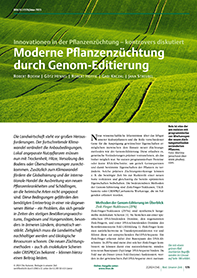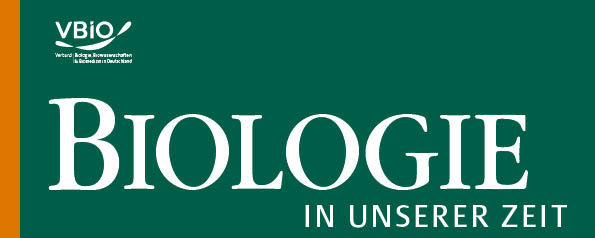New breeding technologies – what can be achieved with which methods
DOI:
https://doi.org/10.11576/biuz-7015Keywords:
Nachhaltige Landwirtschaft, klimaangepasste Pflanzensorten, Werkzeuge der Genom-Editierung, Epigenom, DNA-freie Genomeditierung, neuer RechtsrahmenAbstract
To achieve a highly effcient und at the same time environmentally friendly agriculture the breeding of new varieties of plants is imperative. This has become even more vital in the face of climate change und the necessity to reduce the application of chemical plant protection products and mineral fertilizers. The new breeding methods of genome editing provide valuable tools which can be used in a number of ways. Already today, more than 60 crop species have been bred using these tools, and agriculturally relevant traits have been optimized. Plant breeders see a great potential especially for crops for which comprehensive genetic information is already available. After long controversial discussions, a draft of the European Commission for a new regulation of plants that have been bred by using “New Genomic Techniques“ (NGTs) is now available.


